Nuclear weapons and commercial nuclear reactors are completely different in four key ways. Here's how.
August 2, 2023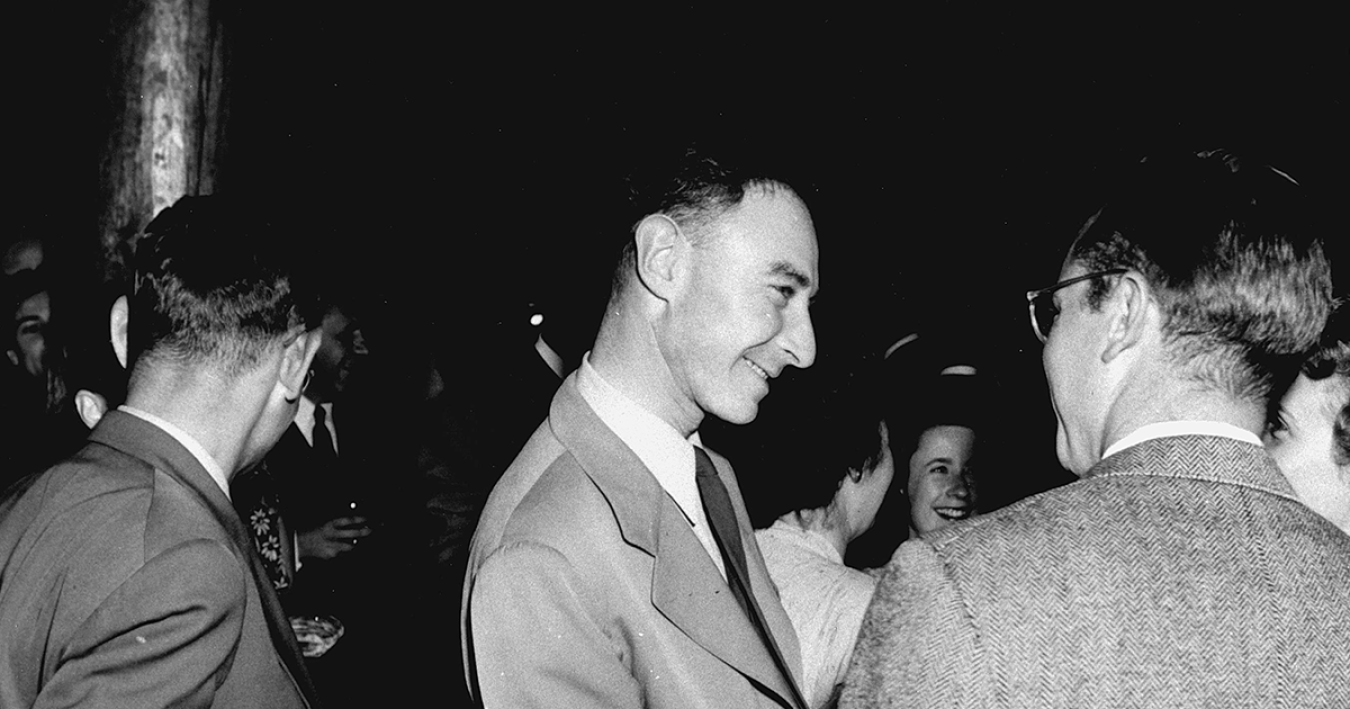
With the internet abuzz about J. Robert Oppenheimer, “nuclear” is a big topic of conversation.
But which nuclear? Nuclear weapons, or nuclear energy? For many people, the two often get tangled up — even though they’re completely different in key ways.
Oppenheimer, one of the visionary leaders of the Manhattan Project, left behind a complex legacy of technological progress. The atomic weapons developed under his direction held tremendous destructive power, but the same basic research that led to their creation also fostered a new era of peaceful energy production and advances in medicine.
So, beyond the obvious differences, what sets commercial nuclear reactors apart from nuclear weapons? Let’s dive in.
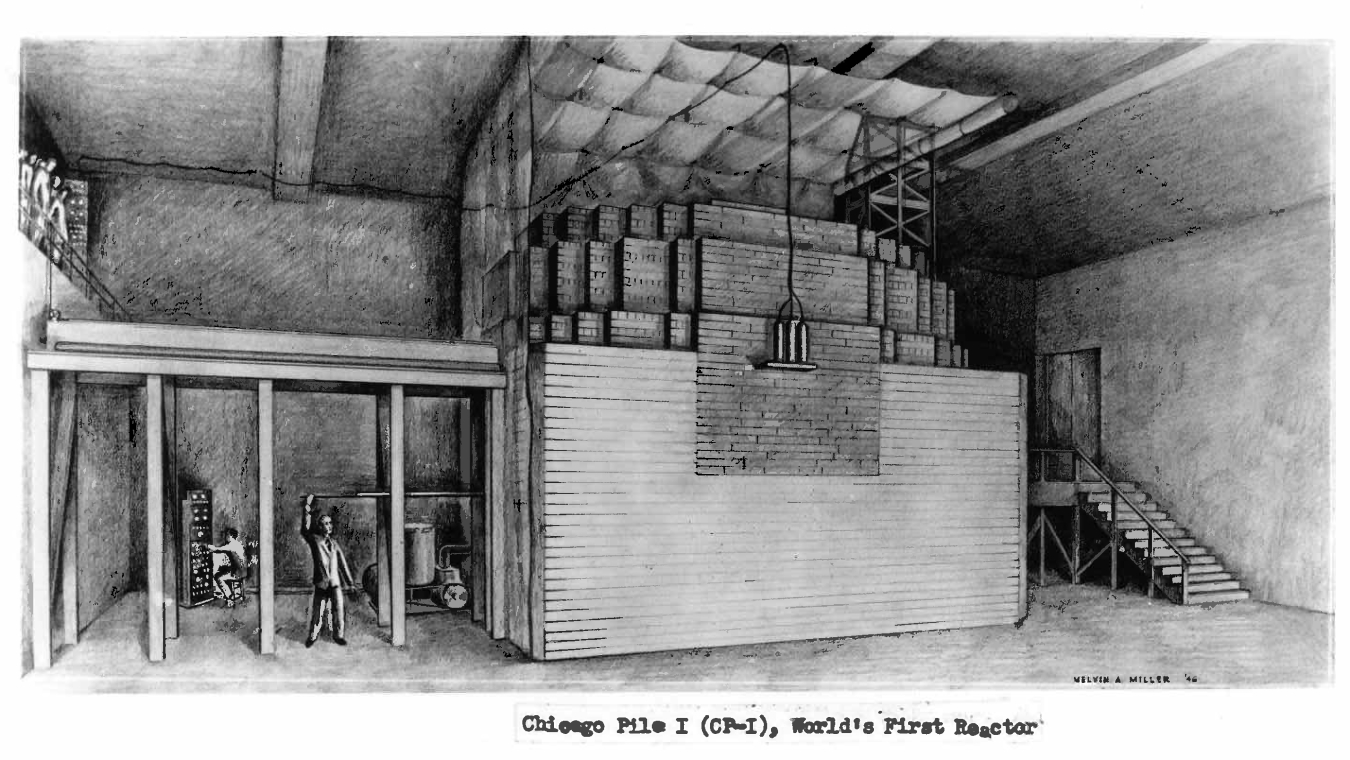
1. Nuclear weapons and reactors follow two different paths.
Both uses of nuclear fission trace their roots back to the Chicago Pile-1 reactor.
On December 2, 1942, the experiment directed by Nobel Prize-winning scientist Enrico Fermi achieved the world’s first self-sustaining, controlled nuclear chain reaction at the University of Chicago’s football stadium.
From there, plans for harnessing the power of the atom split into two simultaneous paths — separate, but linked by fundamental physics.
One, led by Oppenheimer, sought to create a weapon that would bring a swift end to World War II.

On December 20, 1951, EBR-I became the first power plant to produce usable electricity through atomic fission, powering four 200-watt lightbulbs.
The other chased a different dream: using the immense potential energy stored in uranium to supply the nation with clean and reliable atomic power and to propel naval vessels for long stretches at sea without refueling.
Even as the Manhattan Project pursued its goal of creating a nuclear weapon under a veil of secrecy, research on reactors for commercial energy production and naval vessels forged ahead.
In the years following World War II, Argonne National Laboratory built the world’s first power reactor — called EBR-1 — in Idaho and generated the first electricity in December 1951. The site is now part of Idaho National Laboratory. The world's first nuclear powered submarine, the USS Nautilus (SSN-571), was launched in January 1954.
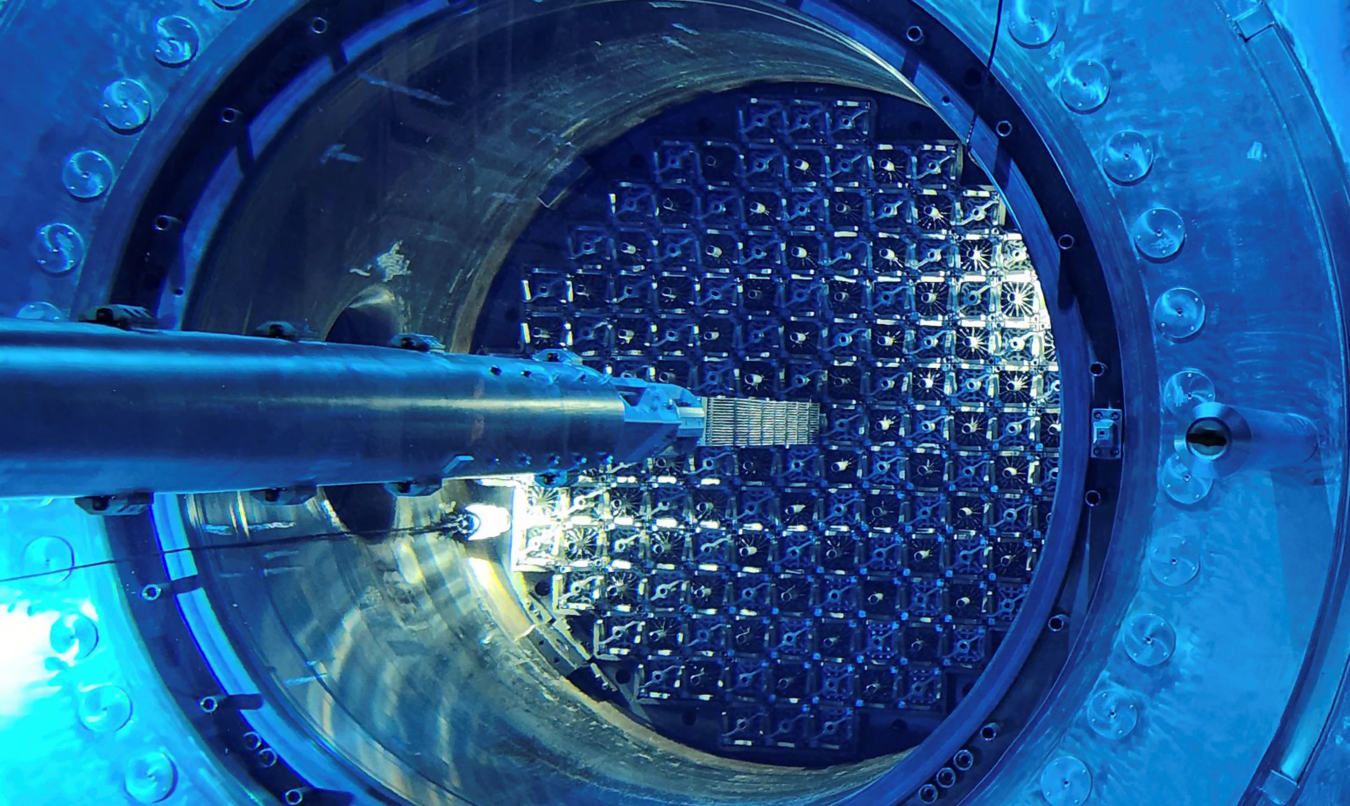
The last fuel assembly is loaded into the Vogtle Unit 3 Reactor vessel in Georgia.
2. Their designs are completely different.
A nuclear bomb is designed to release as much energy as possible in the blink of an eye. A commercial nuclear reactor’s function is *precisely* the opposite.
Reactors are designed from the ground up to achieve a steady, controlled release of heat from fission that can be used to generate electricity over a long duration — years or even decades.
Every single piece of a reactor works toward that goal.
The fuel design and the control rods limit the intensity of the nuclear reaction, the cooling system removes heat to produce electricity, and containment structures ensure the integrity of the reactor for years on end. While modern nuclear weapons have incorporated many safety features over the years, they are nothing like these.
Every aspect of their design is different, even down to the material that generates the chain reaction — which brings us to our next point:
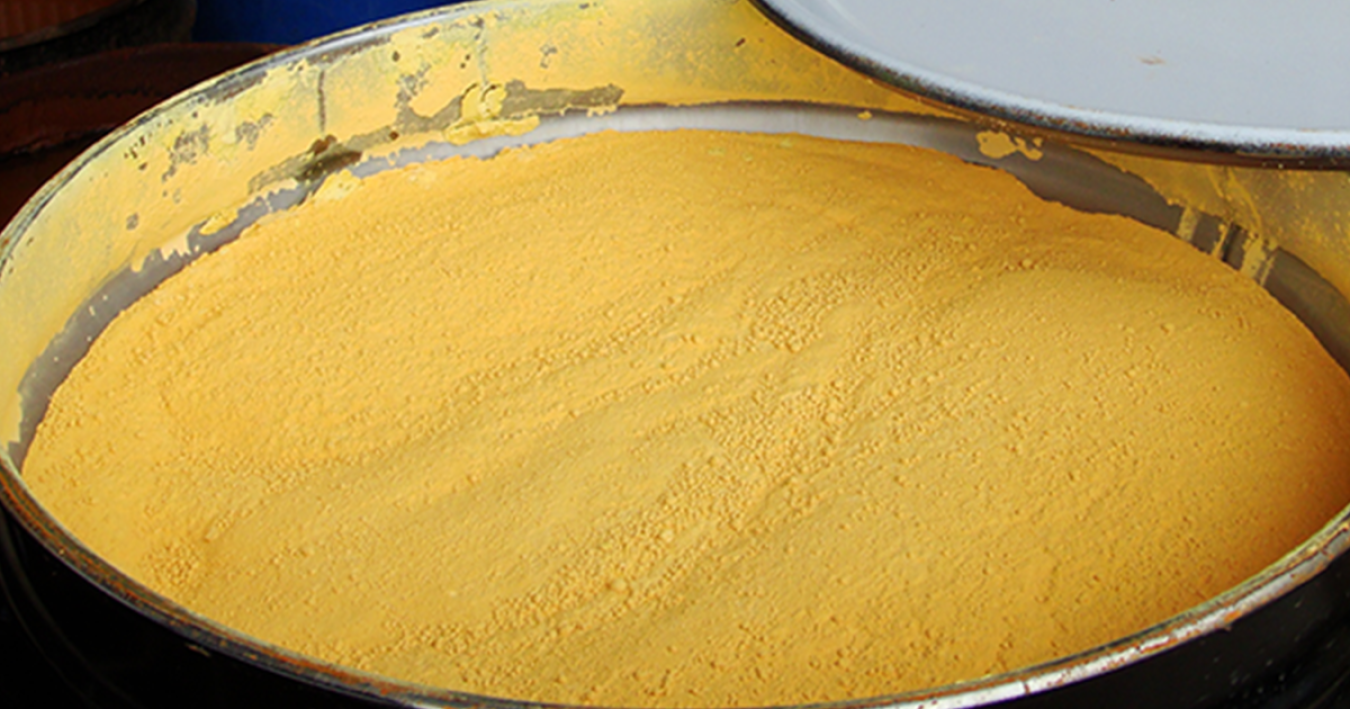
3. Reactors and bombs use different fuel.
You may have heard the term “enrichment” in a nuclear context — high-enriched uranium, low-enriched uranium, and so on.
Nearly all of the uranium mined from the earth is the isotope U-238. Enrichment essentially means removing some of the U-238 so that the remaining uranium has a higher concentration of the less common but more reactive isotope, U-235.
Commercial nuclear power plants use just a small percentage of enriched uranium (roughly three to five percent) to sustain a nuclear chain reaction. That fuel is also processed into ceramic pellets, then stacked into sealed metal tubes to make fuel rods.
Nuclear weapons, on the other hand, use much higher quantities of enriched uranium (over 90 percent) or plutonium in a concentrated form to achieve their explosive end.
Some advanced reactor designs being developed require high-assay low-enriched uranium (HALEU) to achieve smaller cores and higher efficiencies. This fuel is enriched between 5 and 20 percent, well below the threshold needed for weapons-grade material.
4. Nuclear energy and weapons production leave different waste products.
Waste is a major point of confusion when most people think about nuclear.
The legacy of the Cold War and depictions in popular culture have left many of us with a skewed perception of nuclear waste.
But the byproducts of commercial nuclear energy generation bear no resemblance to the popular notion of glowing rods and barrels of “green goo.”

Spent nuclear fuel — those ceramic pellets from earlier — is a solid. It doesn’t glow, and it isn’t dumped into ponds full of three-eyed fish. In fact, the vast majority of the nation’s spent nuclear fuel is stored safely and securely in wet storage or dry concrete casks at nuclear reactor sites.
After more 70 years of operation, U.S. commercial reactors have generated roughly 90,000 metric tons of spent fuel. If all of it were able to be stacked together, it would cover a single football field to a depth of less than 10 yards.
Past production of nuclear weapons did, however, leave behind a wide variety of waste products at many sites around the U.S. Many of those byproducts were hazardous to human health and included everything from heavy metals to radioactive material to toxic chemicals used in processing.
The U.S. Department of Energy’s (DOE) Office of Environmental Management works to decontaminate these locations and has completed cleanup efforts at more than 90 percent of sites across the nation. Today, nuclear weapons modernization work and waste disposal is conducted according to strict safety and environmental standards, a stark contrast to the Manhattan Project and subsequent Cold War era.

“Atoms for Peace”
After the end of World War II, Congress established the United States Atomic Energy Commission, the predecessor to DOE, to oversee the development of atomic science and technology.
On December 8, 1953, President Dwight D. Eisenhower delivered a speech to the U.N. General Assembly. He spoke about the specter of nuclear war, but also about the hope for a peaceful and prosperous future illuminated by atomic energy.
That address would become known as the “Atoms for Peace” speech, and it preceded decades of civilian nuclear energy development around the world. To date, we have more than 400 commercial reactors operating around the world, including 92 here in the United States.
Nuclear Powers the World
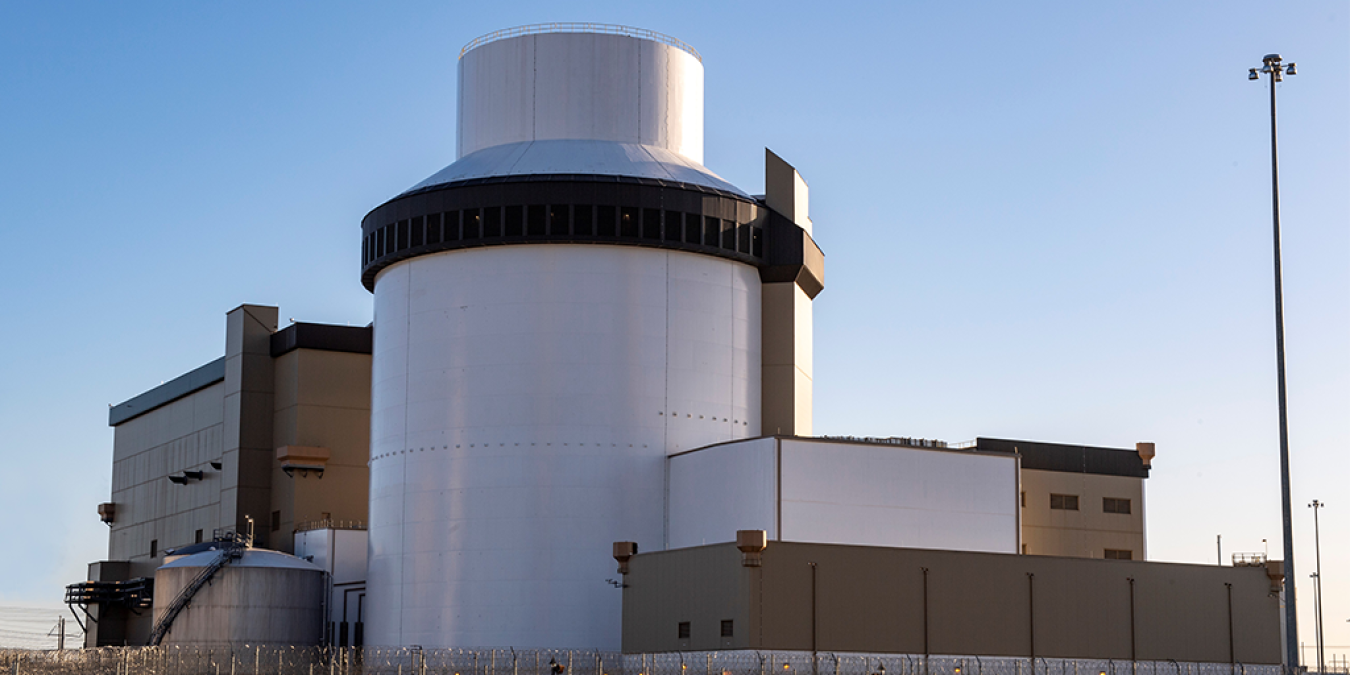
Nuclear energy generates 10 percent of the world's clean power and nearly half in the United States, and it will play a big role in meeting net-zero emissions by 2050.
Nuclear energy has yielded other benefits for humanity, as well. Radioisotopes are used in medical imaging and treatments worldwide, and nuclear technology helps protect our crops and livestock from insects and disease.
And it has helped us reach out into our solar system — and beyond. Nuclear fuel has provided the power source for dozens of NASA missions, from Voyager to the Mars Perseverance rover.
New advancements in nuclear technology are driving progress in these areas and more, helping make the world cleaner, safer and healthier for generations to come.
With demand for electricity continuing to grow, advanced reactors and the current fleet will play a pivotal role in the coming decades as we make the transition to a clean energy future.

